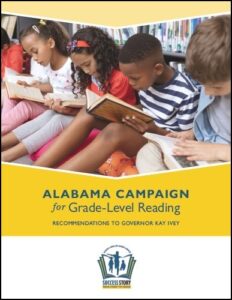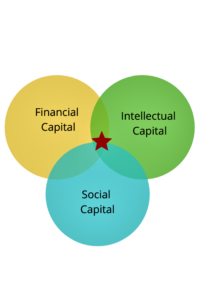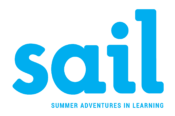The Future of Summer Learning
“Whereof what’s past is prologue; what to come, in yours and my discharge.” William Shakespeare, The Tempest
SAIL has come a long way since our first summer in 2013:
- ♦ Our programs have matured, and consistently deliver strong gains
- ♦ Our funding base has grown, allowing more and larger SAIL programs
- ♦ SAIL has distilled the lessons learned by our programs into a replicable model; we can expand with confidence.
We are poised to take advantage of important policy changes that are underway in Alabama and across the nation.
“Every Child, Every Chance, Every Day.“
 Alabama School Superintendent Dr. Eric Mackey reminds us that we must take advantage of every opportunity to close Alabama’s academic achievement gap. But schools have charge of students for only 19% of their annual waking hours. During the summer, SAIL programs provide over 72 hours of reading and math instruction– a 20% boost to school-year instruction hours in reading and math.
Alabama School Superintendent Dr. Eric Mackey reminds us that we must take advantage of every opportunity to close Alabama’s academic achievement gap. But schools have charge of students for only 19% of their annual waking hours. During the summer, SAIL programs provide over 72 hours of reading and math instruction– a 20% boost to school-year instruction hours in reading and math.
The Alabama Campaign for Grade Level Reading endorses community-based, whole-child centered summer learning.

In February, 2020, Governor Ivey’s Campaign for Grade-Level Reading recommended that community-based summer learning be leveraged to offer additional support for struggling readers. Further, it emphasized the importance of research-based markers of quality. These markers are based upon national research and SAIL’s experience here in Alabama; to see the recommendations, click here. Pages 16-17 cover (at a high level) the recommendations for “Learning Outside the Classroom”, including summer learning. Pages 81-92 provide the Report of the Summer Learning Committee; it provides an in-depth discussion of whole-child, community-based summer learning, that is, the SAIL approach.
Alabama’s Action Plan for Literacy stresses the importance of community partnerships.
In February 2020, the Committee for Grade Level Reading was assembled to update Alabama’s Action Plan for Literacy in light of the 2019 Alabama Literacy Act. The 2020 Plan was released on June 30, 2020. It incorporates the recommendations for Grade-Level Reading and states, “For Alabama to reach its literacy goals, educators must work collaboratively to engage families and communities to ensure all students have access to important supports that will ensure their ability to read and read well.” To see the Plan, click here.
In 2022, the Legislature initiated a public funding stream for community-based summer and afterschool learning in Alabama (known as ASAP Grants)
- ♦ ASAP Grants were first awarded for the summer of 2023. The grants were considered a pilot, and were a resounding success; to see SAIL’s report, click here.
- ♦ For 2026, the funding amount has been increased to $17.2 Million. In addition, standards of quality are now prescribed to promote program quality and produce better outcomes over time.

|
|
|
Success Depends Upon Aligning All Three Forms of Capital
- ♦ Only Social + Intellectual, without Financial = Unsustainable
- ♦ Only Social + Financial, without Intellectual = Unsuccessful
- ♦ Only Intellectual + Financial, without Social = Inequitable
- ♦♦♦ Social + Intellectual + Financial = The Path to Success
“It is better to light a candle than to curse the darkness“
We will be successful when the public and private sectors, at the state level and in the community, align their goals and pool their resources (social, intellectual, and financial) to close Alabama’s education gap.
